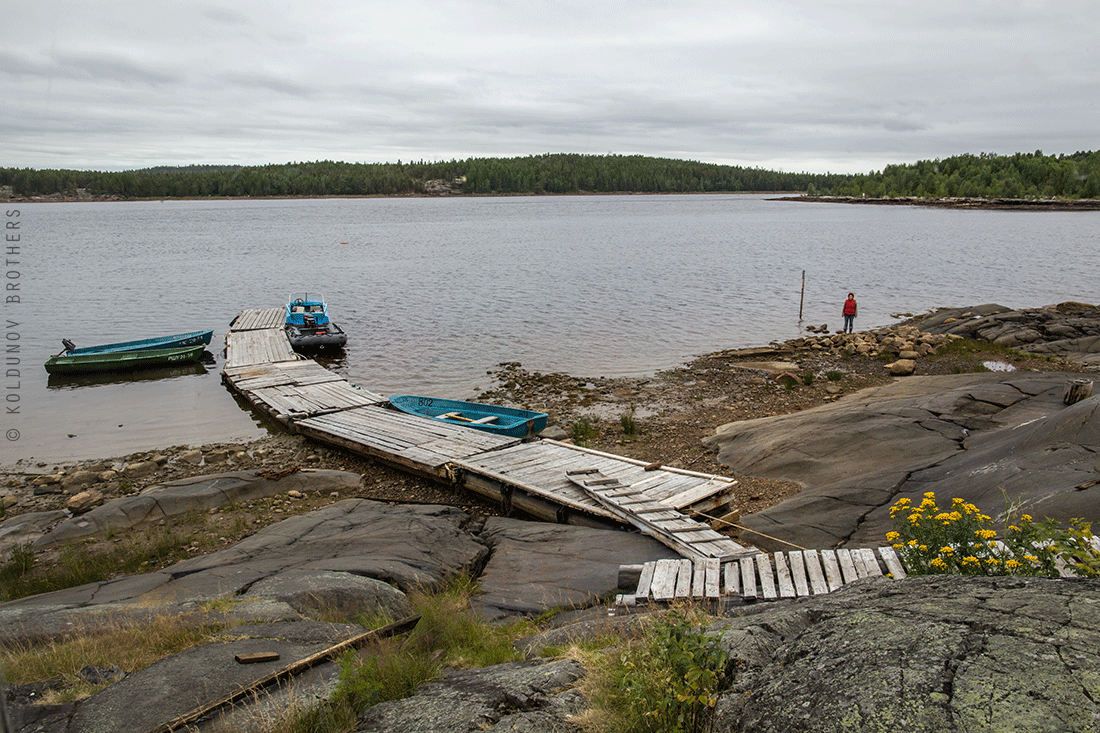
Development of remote sensing methods of the Earth surface has opened a new era in the World Ocean studies, allowing researchers to step forward from analyses of a limited set of single point measurements to analyses of spatio-temporal variability of gridded oceanographic fields on regional and global scales. During recent decades, satellite data has become indispensable in solving different issues of basic and applied marine research.
Today many of World-known scientific centers comprise various modern laboratories, which process and analyze a variety of satellite data for a wide range of end-users. At the same time, a choice of appropriate methodologies for efficient analysis or assimilation of huge sets of satellite data remains an issue.
In the course of the Master’s program “PHOBOS”, students get acquainted with details of modern remote sensing databases, advanced standard and original methodologies of data-processing, statistical analysis of various oceanic parameters and their hydrodynamic interpretation.
During recent decades, an increase in a number of hazardous and catastrophic hydrometeorological events of various origin is registered. For example, a number of floods in the Baltic Sea has increased 1.6 times during the latest decade, as compared to the mean over the past 30 years. At the same time, a number of large Baltic Inflows of salty North Sea water, which sustain the present state of marine ecosystems in the Baltic Sea, has decreased 5 times.
As part of the master’s program “PHOBOS”, students get acquainted with dynamics of various hazardous and catastrophic events in the World Ocean, including storm surges, wind rogue waves, “ice rivers”, rip currents, tsunami and etc. Students get knowledge of different methods for physical, statistical and hydrodynamic description of the hazards event and capacities of their prediction.
Currently, issues of anthropogenic pollution of seas and oceanic basins are widely disputed. Despite of a progress archived in a number of countries, there exists a range of problems for a justified selection of critical concentrations for different pollutants, for development of a checklist of pollutants, and for understanding of a role of anthropogenic factors versus natural ones in forming the observed geochemical anomalies.
The students of “PHOBOS” study the methodological bases for investigation of anthropogenic pollution, existing criteria for detection of various pollutants, principles of formation of geochemical anomalies, including those formed by oscillations of natural drivers. Particular attention is paid to the principles of monitoring of the natural contaminations implemented in different countries.
Specific examples of pollution of seawater and bottom sediments with different substances (radionuclides, organic pollutants etc.) are also discussed during the course. The principles for developing geo-ecological maps, maps for assessment of environment, as well as other types of maps, used in environmental research, are covered.
Despite of the fact that the mechanisms of eutrophication of the sea are nowadays well understood, the issues of interannual variations in location of plankton blooms, of a relative importance of natural and anthropogenic factors to their formation, as well as a link between dynamic and biotic processes, still need to be investigated.
Students of “PHOBOS” learn modern hypotheses conceptualizing these problems, get acquainted with a variety of solutions, including those, based on realization of dynamic-stochastic analysis of physical and biotic remote sensing data, and on mathematical modeling of fluxes of biochemical substances in marine ecosystems.
Marine sediments present a kind of a “logbook” of events in the course of their geological history in oceans and seas, up to their present state. Composition of the sediments uncover the major sources of sedimentary material, dynamics of accumulation of the sediments and development of endogenous and exogenous geological processes at the seabed.
Chemical and mechanical composition of sediments may indicate sources and intensities of anthropogenic pollution of marine environment. The students of “PHOBOS” study methods of sampling and analysis of sediments, their indicator properties, as well as methods of lithodynamics and geochemical data processing. The course also covers the concepts of the so-called “geological hazards”.
Climate changes, anthropogenic and technological impact on the marine areas and intensification of fishery and withdrawal of other bio resources from the World Ocean, cause limitation of many commercial fish species. Presently, despite a fast development of freshwater aquaculture, the ocean remains the main source of bio resources. Therefore, there remains a need for further improvement of our knowledge on the biological potential of the World Ocean.
One of the purposes of the program “PHOBOS” aims in training of qualified specialists in environmental protection and a rational use of marine resources. In this frame, the students are learning the mechanisms of interaction between marine environment and biological entities; relationships between migrations of fish species and variations in marine environment; methods for forecasting of behavior of marine species, including commercial fish species, as a response to variations of hydrometeorological conditions; as well as methods of mathematical and ecological modeling.
